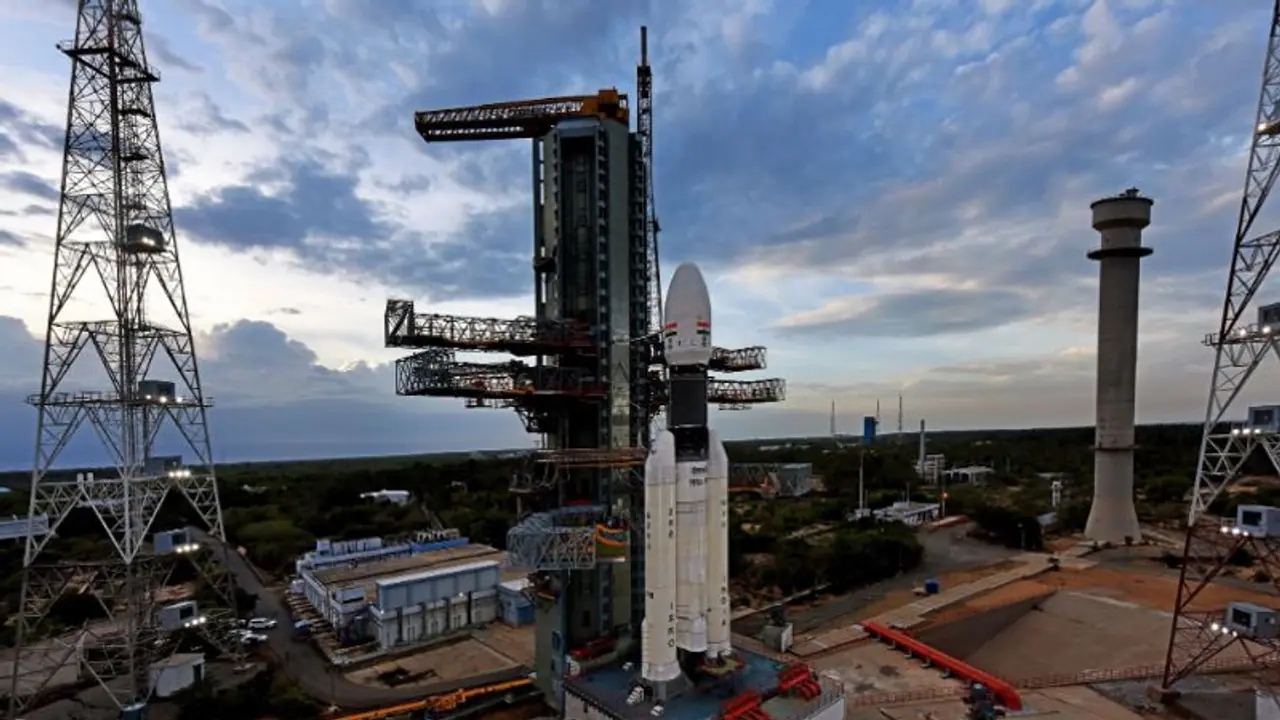India was to launch a lunar mission on July 15, in an attempt to become the fourth country to land on the moon after the former Soviet Union, USA and China. However, a technical glitch has postponed the dream of cementing India’s place among the world’s space faring nations
Sriharikota (Andhra Pradesh): The launch of Chandrayaan-2, the biggest moon mission yet, has been postponed due to a technical snag, just an hour before the scheduled liftoff.
The Indian Space Research Organisation (ISRO) called off the launch of Chandrayaan-2, a mission to send an orbiter, lander and rover to explore the moon's south pole, about 56 minutes before liftoff.
The mission was scheduled to launch from ISRO's Satish Dhawan Space Centre in Sriharikota but it was early Monday local time when officials scrubbed the launch try.
"A technical snag was observed in launch vehicle system at T-56 minutes. As a measure of abundant precaution, Chandrayaan-2 launch has been called off for today," ISRO tweeted on Monday (July 15), also stating that revised launch date will be announced later.
The Geosynchronous Satellite Launch Vehicle Mark III M1 rocket that was carrying ISRO's Chandrayaan-2 moon orbiter, lander and rover stands atop its launchpad at Satish Dhawan Space Centre in Sriharikota.
ISRO's Chandrayaan-2 spacecraft and its Vikram lander are prepared to be encapsulated by a payload fairing before being loaded on their Geosynchronous Satellite Launch Vehicle Mark III-M1 rocket for a July 2019 launch.
The target landing site for India's Chandrayaan-2 mission to explore the lunar south pole.
ISRO officials did not clarify if the technical glitch was with the Chandrayaan-2 spacecraft or their rocket, the Geosynchronous Satellite Launch Vehicle Mark III-M1, which is India's most powerful booster.
The $142 million Chandrayaan-2 is India's second lunar mission after the country's success with Chandrayaan-1, an orbiter launched 2008 that helped discover the presence of water molecules on the moon.
The new mission will also use an orbiter to study the moon from above, but will also drop a lander and rover to touch down at the south pole of the moon — something no spacefaring nation has ever done before.
If successful, India would become the fourth country (after the United States, Russia and China) to successfully soft-land a spacecraft on the moon, and the first to reach the lunar south pole. The moon's south pole is a tantalizing target for scientists as the region's permanently shadowed craters can host water ice, a vital resource for future astronauts.
